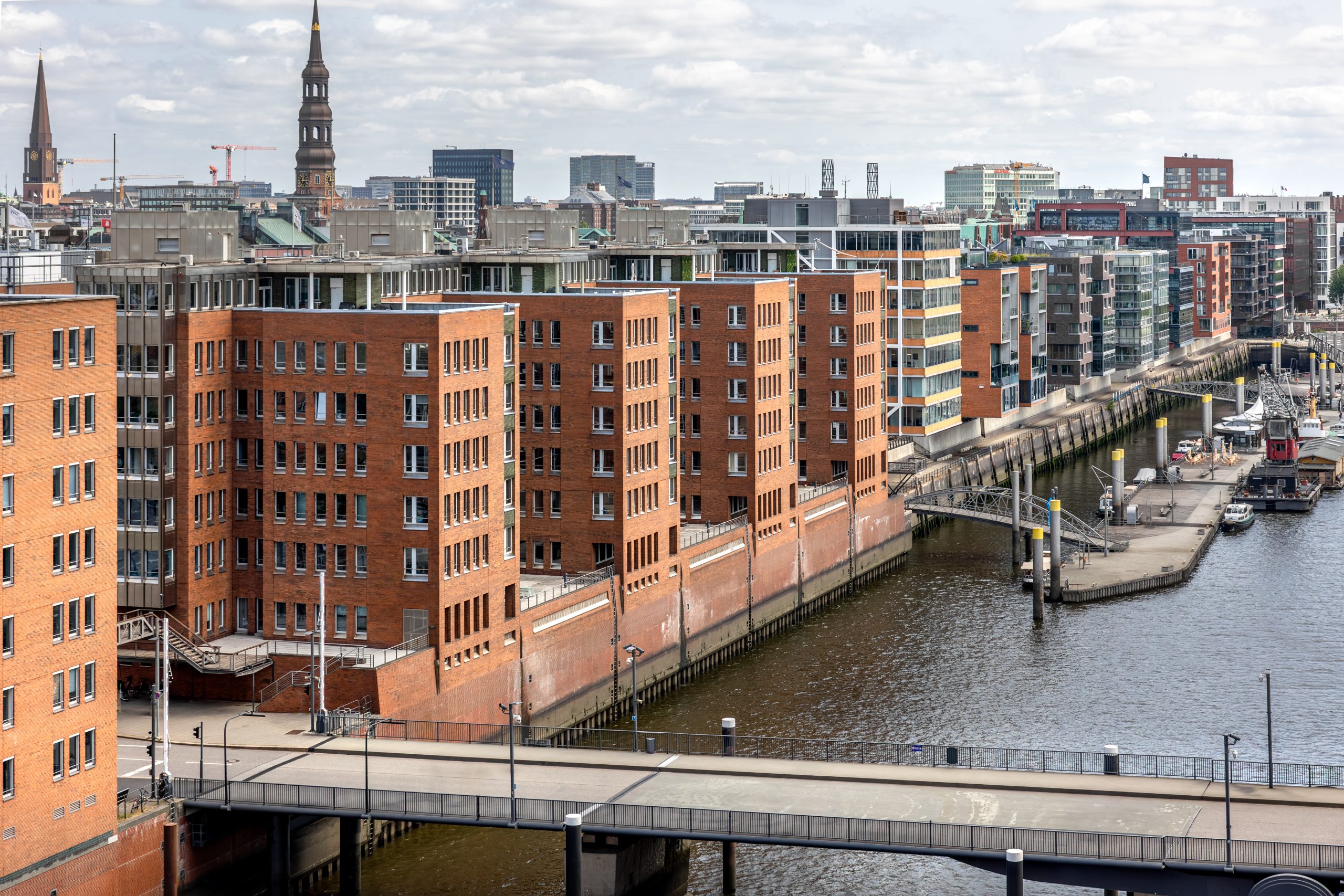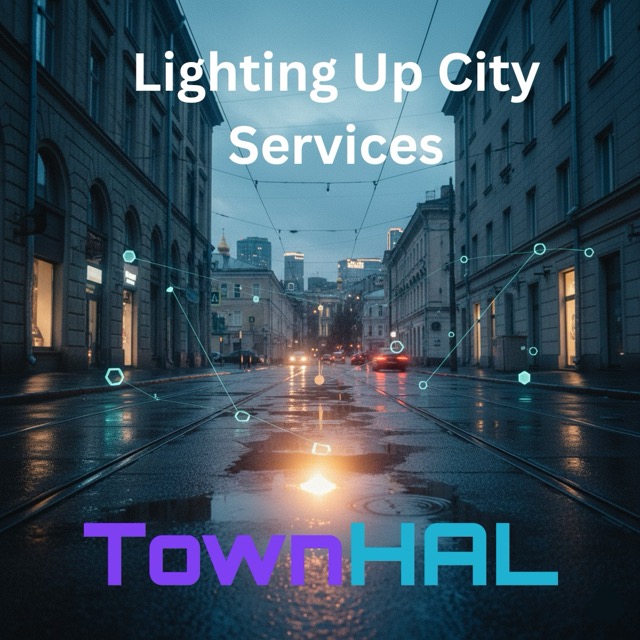How Sustainable AI Is Transforming Cities: Key Priorities, Challenges, and Long-Term Impacts By Daniela Tulone — featured in AI & the City, an initiative of Mayors of Europe showcasing how AI can drive sustainable urban development
As highlighted in global smart city roadmaps and institutional studies from the World Economic Forum and the OECD Roundtable on Smart Cities and Inclusive Growth, AI technologies can play a transformative role in cities, for instance in building resilience, mitigating flood risks and heat islands, efficiently managing water resources, supporting waste collection and recycling. AI-based success cases for cities include adaptive traffic signal systems that remarkably reduce CO2 emissions and congestion, and systems for monitoring energy and water infrastructures that prevents failures before they occur, saving resources and enhancing service quality.
Pilot programs in cities worldwide back these claims with data. For instance, Barcelona’s smart city initiatives have achieved significant cost savings through IoT systems – $58 million in water management and $50 million annually in parking revenues according to Harvard’s Data-Smart City Solutions. In Singapore, AI monitoring and optimization systems for energy distribution of buildings led to 15% energy savings. These are not isolated successes, but proof of AI’s capacity to reshape urban systems.
Table 1. AI key impact to accelerate the climate transition
Table 1. AI key impact to accelerate the climate transition
Source: What is AI’s role in the climate transition and how can it drive growth?
Despite these achievements and AI’s high potential for cities, the AI market segment for cities represented roughly 10-15% of the global AI market in 2024, projected to grow nearly 10x by 2034., though slightly trailing the overall AI market growth rate.
This raises a critical question: how can we mitigate barriers to accelerate the development of AI solutions for cities and turn AI for sustainable cities into an attractive fast-growing market segment amid today’s geopolitical tensions and economic uncertainties? Shouldn’t the sustainability agenda become central in tackling not only climate change emergencies but also socio-economic challenges?
The dual lens of sustainable AI
To understand what sustainable AI for cities truly means, we must first acknowledge its dual nature. It builds on ethical principles and encompasses the environmental, social and economic dimensions of sustainability, ensuring AI benefits not only in the short-term, but also in the medium and long-term.
As a result, AI sustainability does not consist just in developing new technologies for sustainability needs, as frequently perceived. It comprises two complementary and essential dimensions:
- Developing AI solutions that address sustainability challenges (e.g., reducing emissions, optimizing energy and water use);
- Ensuring that AI systems themselves are sustainable — ethically, environmentally, socially, and economically.
The dual approach is essential to leverage AI full potential while mitigating emerging AI risks and ensuring its efficiency and scalability beyond the short-term.
Indeed, studies have recently highlighted growing environmental costs of AI systems and supporting infrastructures, including rising GHG emissions, water and material consumption, and e-waste. For instance, Google’s GHG emissions rose 48% from 2019 to 2024 due to AI training and data center expansion.
Source: Power Hungry Processing: Watts Driving the Cost of AI Deployment?
Data center expansion for AI has also significant environmental implications for cities, as data centers are increasingly located near urban areas to provide low-latency services and high-performance computing. This adds to other emerging social and business concerns such as AI manipulation, security and privacy issues, limited human control, discrimination and amplification of existing stereotypes, and unequal business conditions.
Beyond risk: enabling innovation through sustainable design
Despite common perception, AI sustainability does not adopt a defensive stance that limits AI research and innovation. Instead, it funnels AI innovation efforts in ways that maximize overall AI benefits for users, stakeholders, businesses, and the environment by assessing positive and negative AI system impacts. This approach provides IT and business professionals with valuable insights to unveil new opportunities for system innovation and to enhance service’s competitive advantage, while building a safe impact-driven AI system.
Viewing AI sustainability solely as a risk-mitigation exercise—often narrowly focused on energy consumption—overlooks the broader environmental, social, and economic impacts and interlinkages across the entire AI system lifecycle. This limited perspective can reduce opportunities for innovation, while increasing exposure to misuse, unintended or harmful outcomes, and security breaches. At the same time, the competitive AI market places intense pressure on businesses to rapidly reach the market and gain a competitive edge, often limiting comprehensive risk assessment and testing. This increases chances of drawbacks, occasionally forcing system withdrawals (e.g., Amazon AI recruitment tool withdrawn after exhibiting gender bias).
It is worth noting that in today’s short-term market logic, AI solutions for climate mitigation and urban sustainability—despite their high potential shown by city pilots—frequently result less economically attractive than applications with quicker return of investments. This is due to multi-dimensional factors such as complex multi-stakeholder governance and fragmented decision-making, legacy infrastructure, technical complexity along with privacy and security concerns, procurement and contracting complexity, and long payback periods.
It is essential to support AI innovations for city sustainability and climate mitigation through governmental and business incentives, attraction of talents, and training on AI for city sustainability and AI governance to fill in knowledge gaps and identify concrete AI opportunities.
Aligning AI strategy with societal and political priorities
Global AI competition is influencing not only businesses but also governments to make strategic investments aimed at securing technological leadership. For example, the EU announced in April the AI Continent Action Plan, which outlines a comprehensive strategy to position Europe at the forefront of AI innovation through coordinated investments in infrastructure, data ecosystems, algorithm development, skills, and regulatory simplifications. While government AI investments are both necessary and vital, they should prioritize strategic societal and environmental needs as our resources and time to tackle climate emergencies are limited.
Furthermore, current geopolitical tensions and economic uncertainties are diverting AI efforts and investments away from sustainability targets, not only due to the intensification of AI innovation in defense and military applications, but also because of the growing focus on dual-use AI research, which supports both civilian and military purposes. It is worth noting that steering early-stage AI research toward military objectives raises ethical concerns and questions about its alignment with sustainable development.
Nevertheless, the interdisciplinary nature of sustainability, addressing and harmonizing environmental, social, and economic dimensions across short, medium, and long-term horizons, is essential for tackling our multi-dimensional, interconnected societal challenges.
Conclusion: A sustainable AI ecosystem for cities
To ensure a positive long-term impact, cities must adopt a systemic and sustainable approach to AI – the one that integrates environmental, social, and economic perspectives, analyzes short, medium, and long-term AI impacts, and embraces stakeholder collaboration in defining effective AI governance frameworks and assessing multi-dimensional AI risks and benefits from early system design.
This dual lens of sustainable AI, using AI to address urban challenges while ensuring AI systems themselves remain sustainable, is not an abstract concept driven just by environmental challenges. It is the compass for an impact-driven adoption of AI technologies that effectively serve citizens’ needs and inclusively support city growth, and for designing AI systems with long-lasting benefits for all stakeholders.
Building sustainable AI solutions for cities requires clear priorities, transparent AI governance frameworks, shared metrics and indicators, governmental and business incentives to develop AI solutions with high social impact, and widespread engagement from business leaders, urban planners, policymakers, researchers, educators, citizens, and the media. In an increasingly complex, interconnected and vulnerable world, sustainability cannot be an afterthought, it must guide every AI decision from the start.













